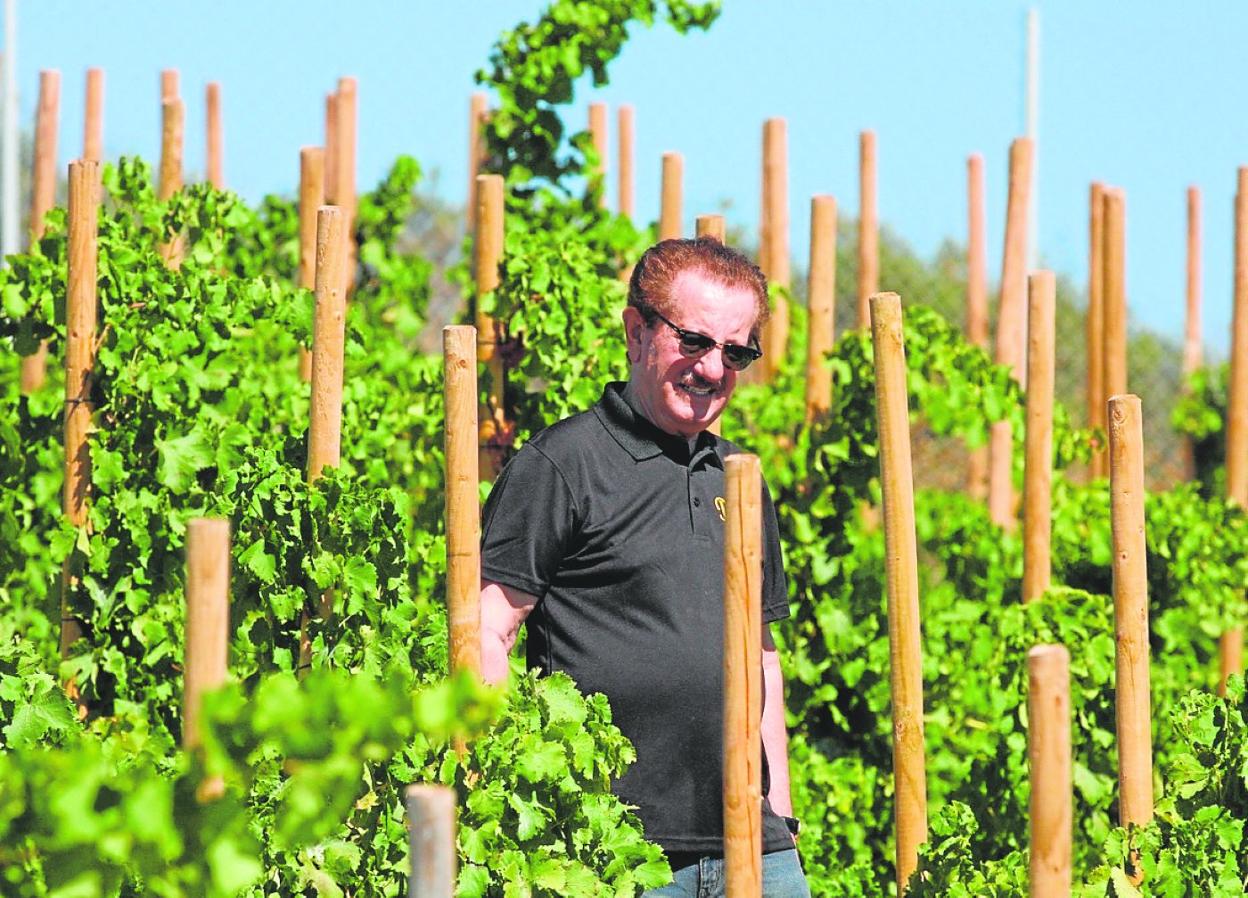

Sections
Highlight

DAVID LERMA
MANILVA.
Friday, 14 October 2022, 11:32
The vineyards in Manilva are the most southerly in Europe. They have been there since the sixteenth century when this Malaga town on the border of Cadiz planted its first vines to make wine. Over the last 25 years, at least 70% of the Muscat de Alexandria vines for which the region is known have disappeared due to urban development.
Businessman Bruno Filippone, of the Da Bruno group, planted the Sardinian vermentino grape variety in the Peñoncillo area on Father's Day in 2017 on just two-and-a-half hectares, with the advice of Chilean viticulturist Rodrigo Nieme. The vines took root and buffeted by the constantly humid, salt-laden, easterly winds and the drier westerly winds have produced Finca La Vigna, a "wine with a marine personality", says Nieme.
The vermentino, which makes up 85 per cent of Finca La Vigna's vintages was chosen because, "it grows very well, has a medium to large cluster and large leaves, which protect it from the sun and from desiccation by the wind. As after the first fermentations it was short on the palate, we decided to plant the French viognier grape".
In 2021, 6,000 bottles were produced, most of which were distributed to the group's restaurants. After this year's harvest, it is estimated that there will be around 8,000 bottles.
The wine is aged in the hills of Manilva and its characteristic taste is due to the two varieties used in its fermentation: the vermentino and the viognier. "On the nose it smells of pear and herbaceous citrus; on the palate, it has a lot of minerality, but it is not salty," says Nieme, who notes a certain "aroma of sea breeze that gives the wine a special character. The vineyard is young and still developing, although it has adapted very well to the area".
The Regulatory Council of Malaga has already included these two varieties in its Sierras de Málaga designation of origin, which covers the whole province. They are "still" wines, which can have an alcohol content of between 10 and 15.5 degrees and are classified as whites, rosés, reds and sweet reds.
Publicidad
Publicidad
Publicidad
Publicidad
Esta funcionalidad es exclusiva para registrados.
Reporta un error en esta noticia

Debido a un error no hemos podido dar de alta tu suscripción.
Por favor, ponte en contacto con Atención al Cliente.

¡Bienvenido a SURINENGLISH!

Tu suscripción con Google se ha realizado correctamente, pero ya tenías otra suscripción activa en SURINENGLISH.
Déjanos tus datos y nos pondremos en contacto contigo para analizar tu caso

¡Tu suscripción con Google se ha realizado correctamente!
La compra se ha asociado al siguiente email
Comentar es una ventaja exclusiva para registrados
¿Ya eres registrado?
Inicia sesiónNecesitas ser suscriptor para poder votar.